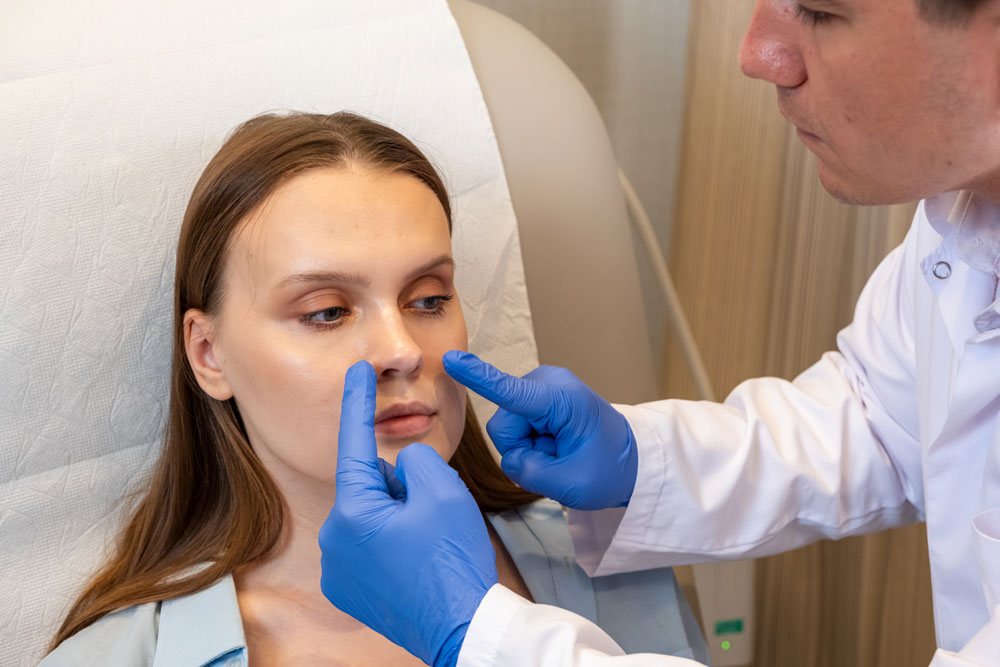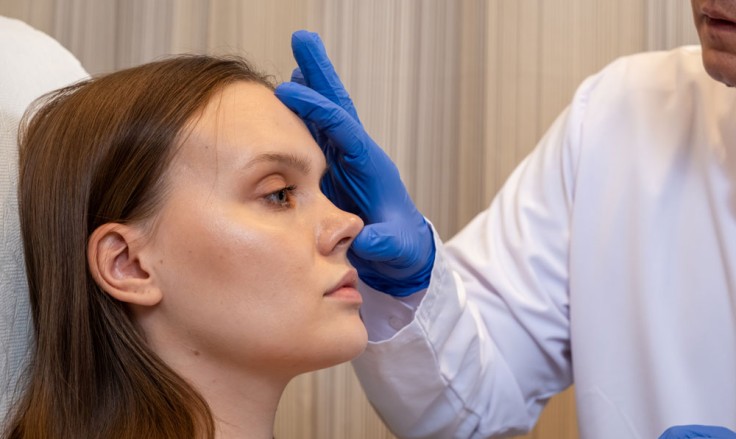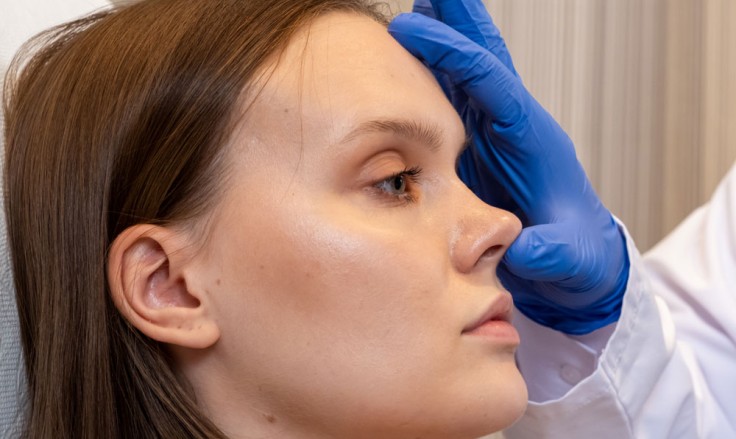Everything to Consider Before Having Rhinoplasty
Introduction
Rhinoplasty is commonly known as a nose job. It is a popular cosmetic surgery that can significantly enhance facial aesthetics and improve breathing issues. However, it is a complex procedure that requires careful consideration and planning. This article provides a comprehensive guide on everything to consider before undergoing rhinoplasty.
Understanding Rhinoplasty
Rhinoplasty is a surgical procedure aimed at reshaping the nose. It can address various issues, including cosmetic concerns. It is often used to change the size, shape or proportions of the nose. This enhances facial harmony. It also can correct functional issues, like structural problems that affect breathing. This could be caused by something like a deviated septum.
Reasons for Rhinoplasty
People choose rhinoplasty for various reasons, including:
- Aesthetic Improvement: To correct a nose that they feel is too large, too small, crooked, or has an unwanted hump.
- Medical Reasons: To fix breathing problems caused by structural abnormalities.
- Injury or Trauma: To repair damage from an injury or accident.
- Reconstructive Purposes: To address congenital defects or deformities.
Choosing the Right Surgeon
Selecting a skilled and experienced surgeon is crucial for a successful rhinoplasty. Ensure the surgeon is board-certified in plastic surgery or otolaryngology (ENT). You should also pick a surgeon that specialises in rhinoplasty and has a strong track record of successful outcomes. Review the surgeon's portfolio to assess their work and ensure it aligns with your aesthetic goals. Read reviews and testimonials from previous patients to gauge satisfaction and experience.
Initial Consultation
An initial consultation with your surgeon is essential to discuss your goals and expectations. During this meeting:
- Medical History: Provide a comprehensive medical history, including any previous surgeries, medical conditions, and medications.
- Physical Examination: The surgeon will examine your nose, considering factors such as skin type, bone structure, and nasal cartilage.
- Digital Imaging: Many surgeons use digital imaging to show potential outcomes, helping you visualise the results.
- Discussion of Goals: Clearly communicate your goals and expectations. Your surgeon will provide an honest assessment of what can be realistically achieved.
Risks and Complications
Like any surgery, rhinoplasty carries risks. It's important to be aware of potential complications, however rare. These could include infection, bleeding, visible scarring and breathing difficulties. Some patients may require revision surgery to achieve desired results.
Recovery Process
Understanding the recovery process helps set realistic expectations. Initial recovery is likely to take a few weeks. Swelling and bruising are common - most patients can return to work within one to two weeks. It can take up to a year for the final results to become apparent as swelling gradually subsides. Regular follow-up visits with your surgeon are essential to monitor healing and address any concerns.
Cost Considerations
The cost of rhinoplasty can vary widely based on factors such as the surgeon's experience, location, and the complexity of the procedure. It's important to get detailed quotes. Request a comprehensive quote that includes all costs, such as surgeon fees, anaesthesia, and facility charges. Check if your procedure is covered by insurance, particularly if it addresses functional issues. Cosmetic rhinoplasty is typically not covered by insurance.
Preparing for Surgery
Proper preparation can enhance your surgical outcome:
- Pre-Surgery Instructions: Follow all pre-surgery instructions provided by your surgeon. This includes avoiding certain medications and fasting before surgery.
- Support System: Arrange for someone to drive you home after surgery. Also to assist you during the initial recovery period.
- Home Preparation: Prepare a comfortable recovery area at home with necessary supplies. Such as ice packs, medications, and easy-to-eat foods.
Conclusion
Rhinoplasty can offer significant aesthetic and functional benefits, but it requires careful consideration and planning. By understanding the procedure and selecting a qualified surgeon, you ensure a successful outcome. Always discuss your goals and concerns with your surgeon to ensure rhinoplasty is the right choice for you.
For information on rhinoplasty surgery at ACIBADEM, please visit the ACIBADEM Beauty Center Rhinoplasty page.




